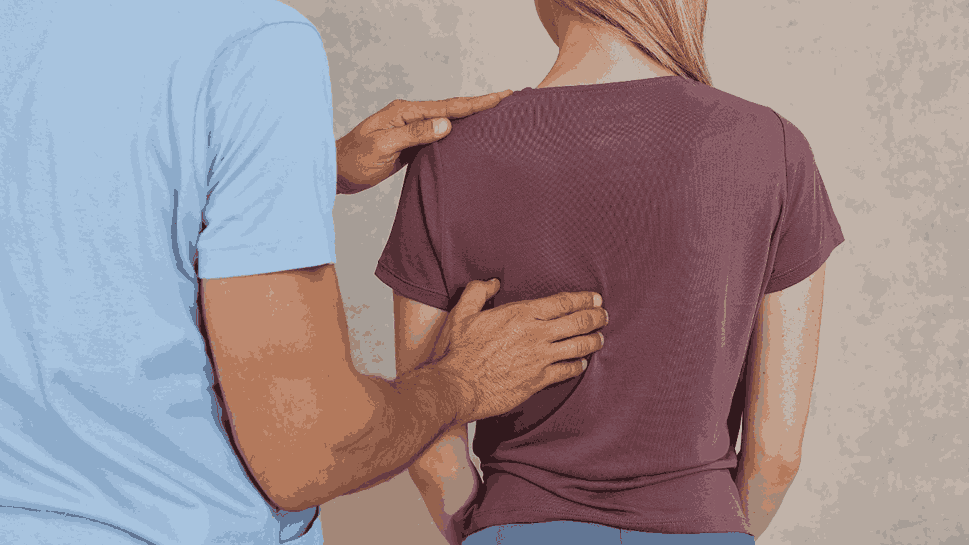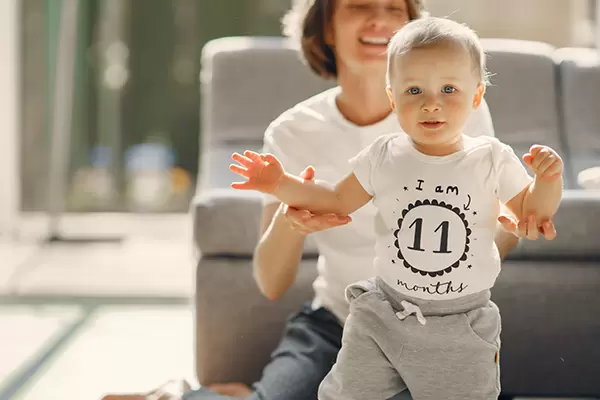When it comes to treating orthopedic conditions in children, not every solution requires surgery. In fact, one of the most effective and non-invasive tools in pediatric orthopedics is bracing. From correcting limb alignment to supporting post-surgery recovery, braces play a vital role in guiding healthy growth and development.
In this article, we’ll explore how bracing works, the conditions it helps treat, and why it’s often the first step toward long-term orthopedic success.
What Is Bracing in Pediatric Orthopedics?
Bracing refers to the use of specially designed orthopedic devices (braces or splints) that are worn externally to support, align, correct, or protect parts of the body—particularly bones, joints, and muscles.
Braces are customized to a child’s needs and age, ensuring both effectiveness and comfort during wear. They may be used short-term (after injury or surgery) or long-term (to correct deformities or support growth).
Common Pediatric Conditions That Require Bracing
Bracing is often prescribed for children with:
-
Clubfoot (post-Ponseti bracing to maintain correction)
-
Scoliosis (to prevent spinal curve progression)
-
Flat feet or foot deformities
-
Knock knees or bow legs
-
Cerebral palsy (to assist walking and balance)
-
Hip dysplasia (using braces like the Pavlik harness)
-
Post-fracture immobilization
-
Limb length discrepancies or growth-related deformities
Types of Pediatric Braces
Depending on the condition, the brace may be soft, rigid, or dynamic. Common types include:
-
Foot Abduction Braces (FABs) – Used after clubfoot correction to prevent recurrence.
-
Thoracolumbosacral Orthosis (TLSO) – Used in scoliosis to prevent spinal curve progression.
-
AFOs (Ankle-Foot Orthoses) – Common in children with neuromuscular conditions for gait support.
-
Knee-Ankle-Foot Orthoses (KAFOs) – Provide stability for walking in more complex deformities.
-
Pavlik Harness – Used for hip dysplasia in infants.
Each brace is tailored in size and shape to ensure it grows with the child and meets their orthopedic goals.
Benefits of Bracing in Children
-
Corrects or prevents deformities during growth
-
Reduces the need for surgery in many cases
-
Supports healing after injury or surgical procedures
-
Improves mobility and function in daily life
-
Minimally invasive and safe for growing bodies
Bracing is often paired with physical therapy and regular monitoring to ensure optimal results.
What Parents Should Know About Bracing
-
Consistency is key: Wearing the brace as prescribed is crucial for effectiveness.
-
There may be an adjustment period: Some children may resist at first, but most adapt quickly.
-
Regular follow-ups are essential: Braces may need adjustment as your child grows.
-
Skin care is important: Check for redness or irritation where the brace touches the skin.
Your child’s orthopedic team will guide you on how to wear, clean, and maintain the brace properly.
Why Choose Child OrthoCare for Bracing?
At Child OrthoCare, we believe in early intervention and personalized care. Dr. Nargesh Agrawal, a trusted Pediatric Orthopedic Surgeon, works closely with orthotists and therapists to develop custom bracing solutions that support your child’s recovery and growth.
We offer:
-
Expert assessment and brace fitting
-
Monitoring and adjustments during growth
-
Integration with physiotherapy and long-term care
-
Child-friendly guidance for comfort and ease of use
Visit Us:
Child OrthoCare Clinic
Call Us: +91-9873191340
Support That Grows With Your Child
If your child has been recommended a brace or is showing signs of orthopedic misalignment, don’t wait.
Book a consultation at Child OrthoCare today and let us help your child move confidently toward a healthier future.




